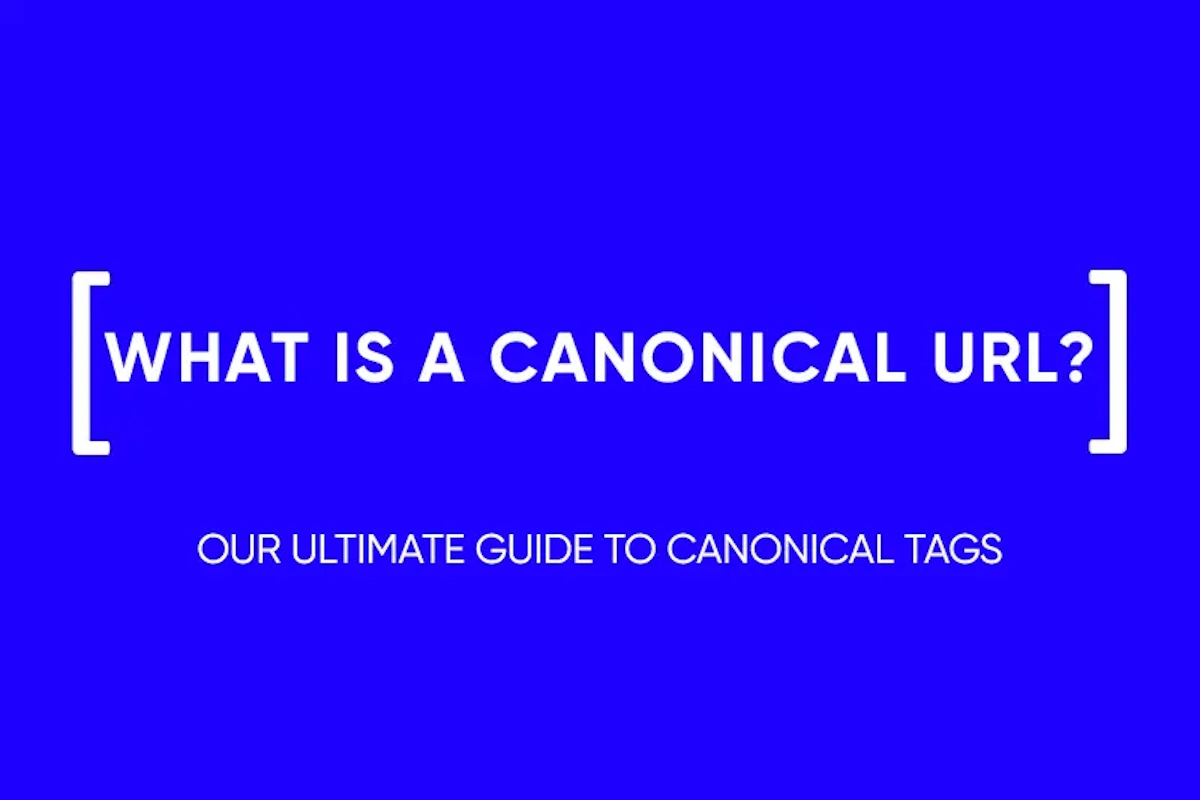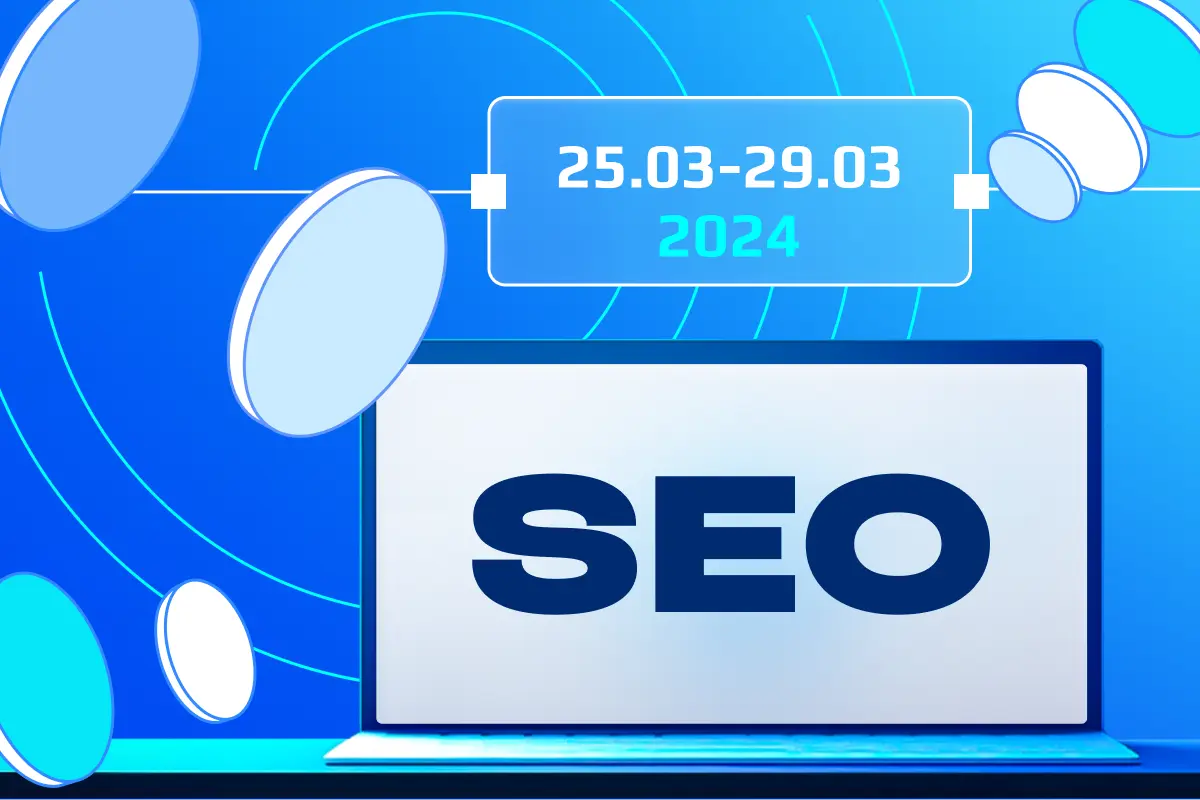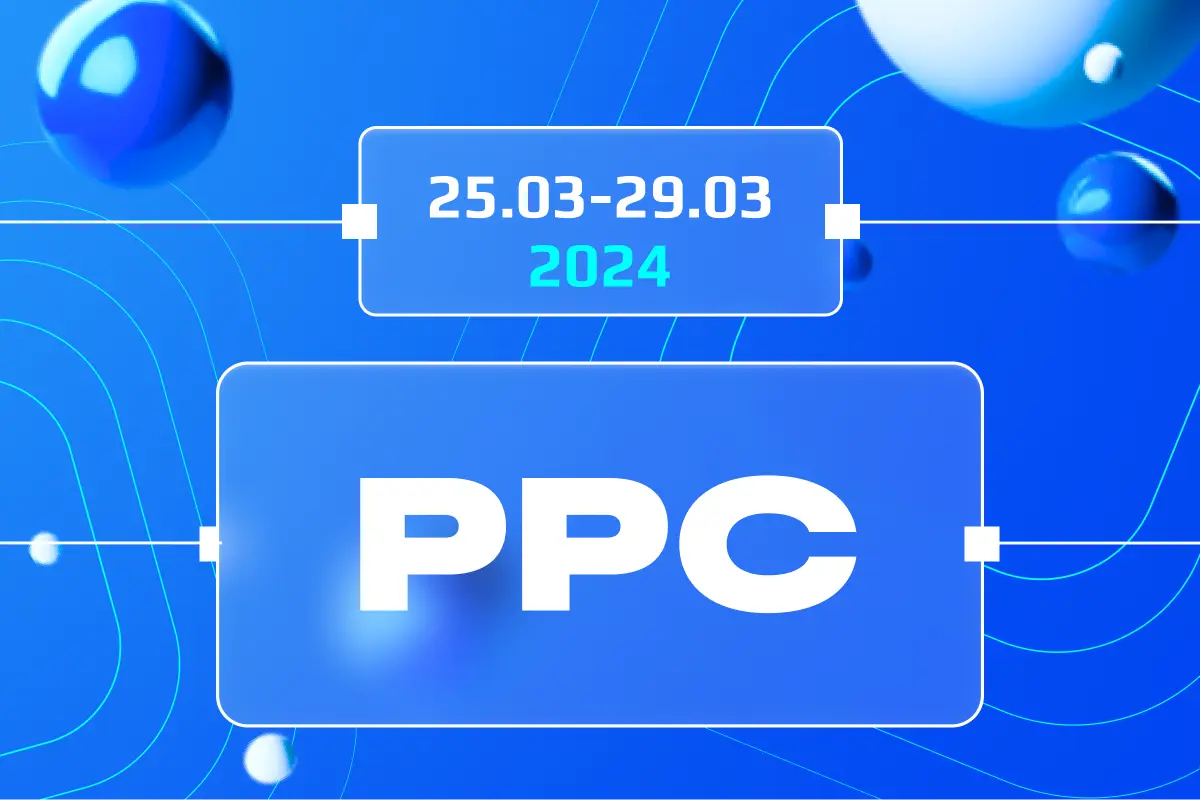How to Create Facebook Ads: The Visual, Step-by-Step Guide
The Complete Guide to Creating Facebook Ads in 2024
Social media is one of the best ways to promote. And Facebook, as the largest social network with almost 3 billion active users, is considered the best choice for almost any audience. But there is also a lot of competition for the user’s attention here since many marketers and affiliates run their campaigns here. In our article, we will talk about how to run an ad on Facebook so that it brings more leads and at the same time is not insanely expensive.
What Facebook ads look like
Facebook ads look like standard social media posts. Unlike user-generated content, sponsored posts are tagged with a Sponsored tag and have a call-to-action button.

Facebook ads don’t just appear in the feed. They can be found in stories, messenger and marketplace.
This promotion format is convenient for display settings. The display can be customized by region, age, interests, and everything that users indicate in their profile, including interests. This allows you to show your ad as accurately as possible to people who are potentially interested in the product.
Benefits of advertising on FB
High conversion rate. If we take the average results for all industries, then the conversion rate will be 9.21%. At the same time, fitness and education are even higher – around 14%. FB and Instagram connection. Both social networks are owned by the same company, Meta. And for advertising on Instagram, one way or another, you need an advertising account on Facebook. You can run a campaign in parallel on both sites using the same tool.
Track campaign results in real time. Facebook advertising accounts display all the necessary metrics around the clock, updating literally instantly.
Facebook ad formats
The social network offers several different formats that you can use – it’s easy to choose the one that suits your business processes.
Banners
Signature banners are the simplest and most common Facebook ad format. They are simple and uncomplicated, and therefore suitable for a wide variety of companies. They work especially well with companies that have strong visual content, such as barbershops, sports clubs, and restaurants.
This format involves the use of only one photo. It should be bright and of high quality – all the user’s attention will go to it. Text in this format is secondary.

Video
Just like banners, you can embed videos in FB ads. In total, you can fit videos up to 240 minutes. The video works well with wow products and a variety of demos and tutorials.
This format allows you to slightly dilute the movement of a static tape. The problem is that user attention is a limited resource. Commercials are good, small, up to 30-60 seconds. Otherwise, they are ineffective or costly.

Carousel
Carousel is a combined format that can use both photos and videos. The most important thing is the quantity, carousels can support several pictures at once. The maximum that Facebook offers is 10 pieces.
Carousels work great when you need to show a line of several products – you can display your own landing page for each image.

Instant Experience
Instant Experience is a specific ad format on Facebook. It also looks like several banners, however, when you click on one of them, it opens something like a landing page, but directly on FB. Thus, the user does not need to go to other resources. The user learns all the information about the product from the social network.
It should be noted that this format has some limitations. Firstly, it works exclusively on mobile devices – such ads will not be shown to the desktop. The social network also limits the number of pictures to a maximum of a family, you can show more in the carousel.

Collection
Collection is an interactive store format. That is, the user literally gets on the virtual shelves of the company and can purchase goods directly in the advertisement.
Collection has flexible settings and is displayed in full screen mode. During testing of the format, Adidas representatives noted a 1.8-fold decrease in the conversion cost.

The user can scroll through up to 50 pages of the company’s products directly on Facebook. If the users decide to buy stuff, they will be redirected to the company’s website.
Lead form
A lead form is a specially designed advertising format that makes it easier for the user to submit contact information. Part of it will be filled in automatically based on the data of the social network.
Lead forms, in addition to collecting contact information, work well with software products. With their help, you can start a test period for using the program. And they are also used by car dealers, inviting customers for a test drive.

Slide show
A slideshow is a similar carousel format. It consists of 3-10 pictures or one video. This ad is beneficial in that it requires 5 times less data than video – that is, it is suitable for those regions where the Internet is not going smoothly.

Stories
Stories are short vertical videos that use the entire area of a mobile phone. You can put stickers, emojis, and augmented reality elements on them. There is much more space for creativity here. Stories can be made from videos or pictures.
Compared to stories on Instagram, the same format on Facebook is still much less popular. They are not seen so often due to the fact that stories are not in the social network feed – other formats are viewed more often.

Advertising in the messenger
Advertising in the messenger appears right in the list of dialogs, looking like an unread message. This format seems more personal, as if the brand is writing to the user personally. But the irritation from such messages is higher.
The advantage of advertising in the messenger is that you can immediately start a correspondence with the company if the person is interested in the product. He will ask questions directly to the manager and make a decision on the purchase. This kind of format helps to establish interaction with the brand, for example, with neighborhood stores or local restaurants.

How to run an advertising campaign on Facebook
There are two ways to launch and manage a campaign – through Facebook Ads Manager or using Business Manager. Ads Manager is the standard tool for running Facebook and Instagram ad campaigns. But Business Managers can link several advertising accounts. Iit is convenient for a team to work on several projects at once.
To create an advertising campaign on Facebook, you need to go to Ads Manager and click the “Create” button.

Next, you need to choose the goals of the advertising campaign, you should think about this in advance. With goal selection, we make it clear to the internal mechanisms of Facebook what is expected from the ad and what audience will need it. The most popular goals are lead generation, catalog sales, and conversions.

Once the campaign goal is chosen, it will need to be named and budgeted. You can set a daily budget – then, as soon as it is exhausted, ads will stop showing until the beginning of the next day. Another option is the campaign budget. Ads will stop showing only after the specified amount comes to an end.

If you select a daily budget, your ads will run 24/7. But if you set the overall budget, you can adjust the display time. This is important if you cannot provide your services around the clock.

The next step is setting up the target audience. Here Facebook offers a lot of different settings, from gender and age categories to interests, region and device. You can also use already saved audiences. It is useful if you work with the same products.

After setting these settings, the social network will show the volume of the potential audience. It is better to stay in the “green zone”. Then, advertising will be shown to people interested in it at relatively affordable prices.

This indicates that the current settings are within the normal range, but slightly wide, perhaps the return will be more effective when refining the audience.
After that, in the advertising account, you need to choose which advertising formats you will use. You can leave it at the mercy of the social network. It will take into account your previous settings and launch ads in such a way as to achieve the best result. And you can do everything yourself.

Still, automatic placement is recommended as Facebook’s algorithms will figure it out better.
The next step is to create a post to launch the campaign. It will be shown to users. Again, you can use a ready-made post, or you can create it from scratch.

Finally, all that remains is to confirm the tracking. For this, the Facebook pixel must be installed on the site. Only then the advertising campaign statistics will be displayed correctly.

A unique URL will help to understand that the user came from a particular advertisement, and did not find the site in other ways.
On the other hand, there are a lot of different Facebook targeting options, which may become useful if you are targeting a very specific or segmented portion of your target audience. Such options include:
- Demographic Targeting: Focuses on age, gender, education, job title, and more.
- Interest Targeting: Targets users based on their interests, hobbies, and brand interactions.
- Behavioral Targeting: Aims at users’ purchase behavior, device usage, and other activities.
- Location Targeting: Targets users based on specific geographic locations.
- Connection Targeting: Focuses on users who have a direct connection to your page, app, or event.
8 Pro Tips for running ads on Facebook
- Target Your Audience Precisely: Utilize Facebook’s detailed targeting options to reach specific demographics, interests, and behaviors.
- Optimize for Mobile: Design ads with mobile users in mind, ensuring clear and engaging visuals and text.
- Test Different Ad Formats: Experiment with various ad formats to find what works best for your audience and goals.
- Use High-Quality Visuals: Capture attention with high-resolution images or videos.
- Track and Analyze Performance: Use Facebook’s ad manager to monitor your ads’ performance and adjust your strategy accordingly.
- Write Compelling Copy: Create clear, action-oriented ad copy that communicates the value of your offering.
- Set a Budget and Schedule: Plan your budget and ad schedule to maximize visibility and effectiveness.
- Leverage Facebook Insights: Use insights to understand your audience better and refine your advertising approach.
Specifics of gambling ads on Facebook
Officially, Facebook does not work with gambling, slots and online casinos. An advertising campaign with direct advertising of this kind will not even pass moderation. However, a hidden, indirect campaign is quite possible, for example, with the help of several pre-landers or a mobile application.
Advertising a site that does not directly mention gambling does not raise any special questions on Facebook moderation. It can be something like a small news site that talks about the success of users who have placed bets on sports. This approach works rather poorly in Europe and the US, but it still works in the CIS countries.
App ads are not limited to Facebook at all. You can advertise ordinary games such as puzzles or three-in-a-row. And already within them to promote gambling or betting. The conversion in this case will be worse than with direct advertising, but Facebook does not allow other options.
Main Points
- Facebook is the world’s largest social network, where you can potentially advertise almost any product.
- A Facebook promotional post most often does not stand out from the feed – it is only marked with the Sponsored tag.
- There are more than a dozen different ad formats on the social network that will suit your business.
- FB does not allow you to advertise gambling and betting. But indirect methods of promotion, using a mobile application or site-laying, are quite possible.
and stay up-to-date with the latest news about our platform and affiliate marketing.




